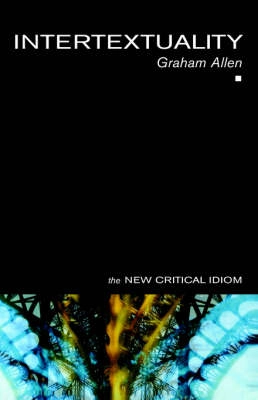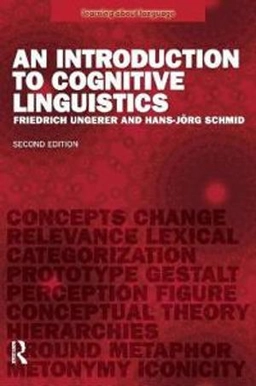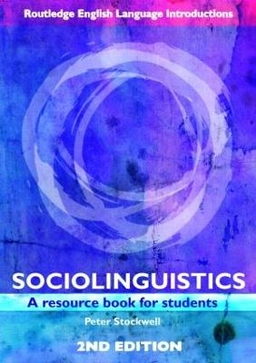

Intertextuality
- Utgiven: 2000
- ISBN: 9780415174756
- Sidor: 256 st
- Förlag: Routledge
- Format: Häftad
- Språk: Engelska
Om boken
Åtkomstkoder och digitalt tilläggsmaterial garanteras inte med begagnade böcker
Mer om Intertextuality (2000)
2000 släpptes boken Intertextuality skriven av Graham Allen. Den är skriven på engelska och består av 256 sidor. Förlaget bakom boken är Routledge.
Köp boken Intertextuality på Studentapan och spara pengar.
Referera till Intertextuality
Harvard
Oxford
APA
Vancouver



















